What are legumes? And should you be eating more of them? Everything you need to know about buying, storing, and cooking legumes here!
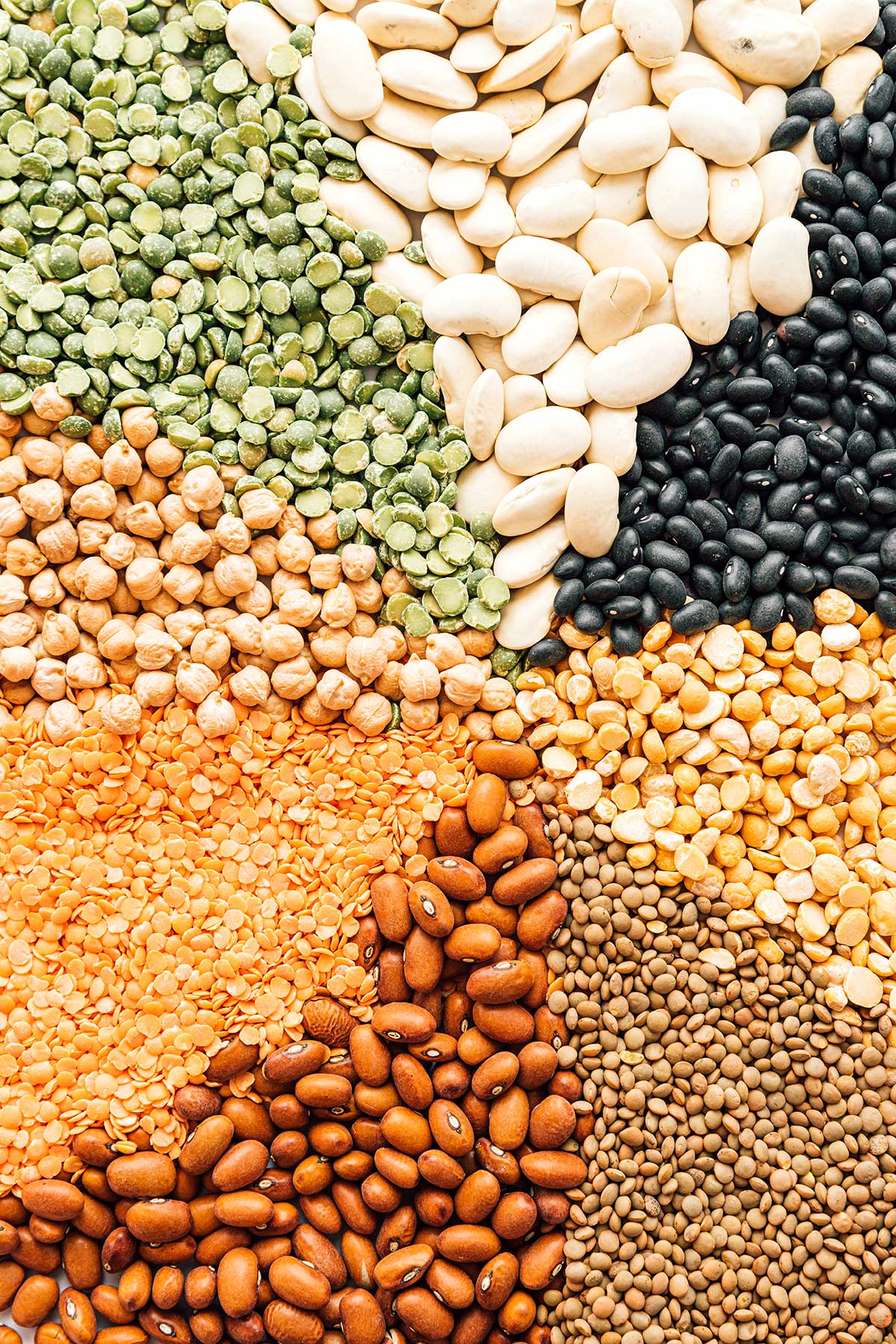
What are legumes?
Legumes are any type of plant in the Fabaceae (or Leguminosae) botanical family. But in layman’s terms, legumes are typically a pod with a seed in it, and the seed is the part that we eat (otherwise known as the pulse).
Legumes describe a wide variety of ingredients, including beans, peas, chickpeas, lentils, and even peanuts!
All beans are legumes, but not all legumes are beans! While legumes are the class of plant, beans are the seeds collected from certain plants.
Are legumes healthy?
Legumes are no stranger to the vegetarian diet, and for good reason! They’re known for being high in protein and iron, along with other important nutrients like zinc, folate, and potassium.
They’re also healthy in the carbohydrates department. Legumes are high in resistant fiber, meaning they are resistant to breaking down until they reach your gut, where your healthy gut bacteria feed on them. While this can result in bloating for some people, it’s also part of what makes legumes so healthy! It gives legumes their low glycemic index, meaning they won’t spike your blood sugar, and helps to keep you full for longer.
While there are hundreds of articles pointing to the protective power of legumes, the most notable comes from a 2007 report in which the American Institute for Cancer Research combed through half a million studies to build out their cancer prevention recommendations. They now recommend eating legumes (such as beans and lentils) at most meals.
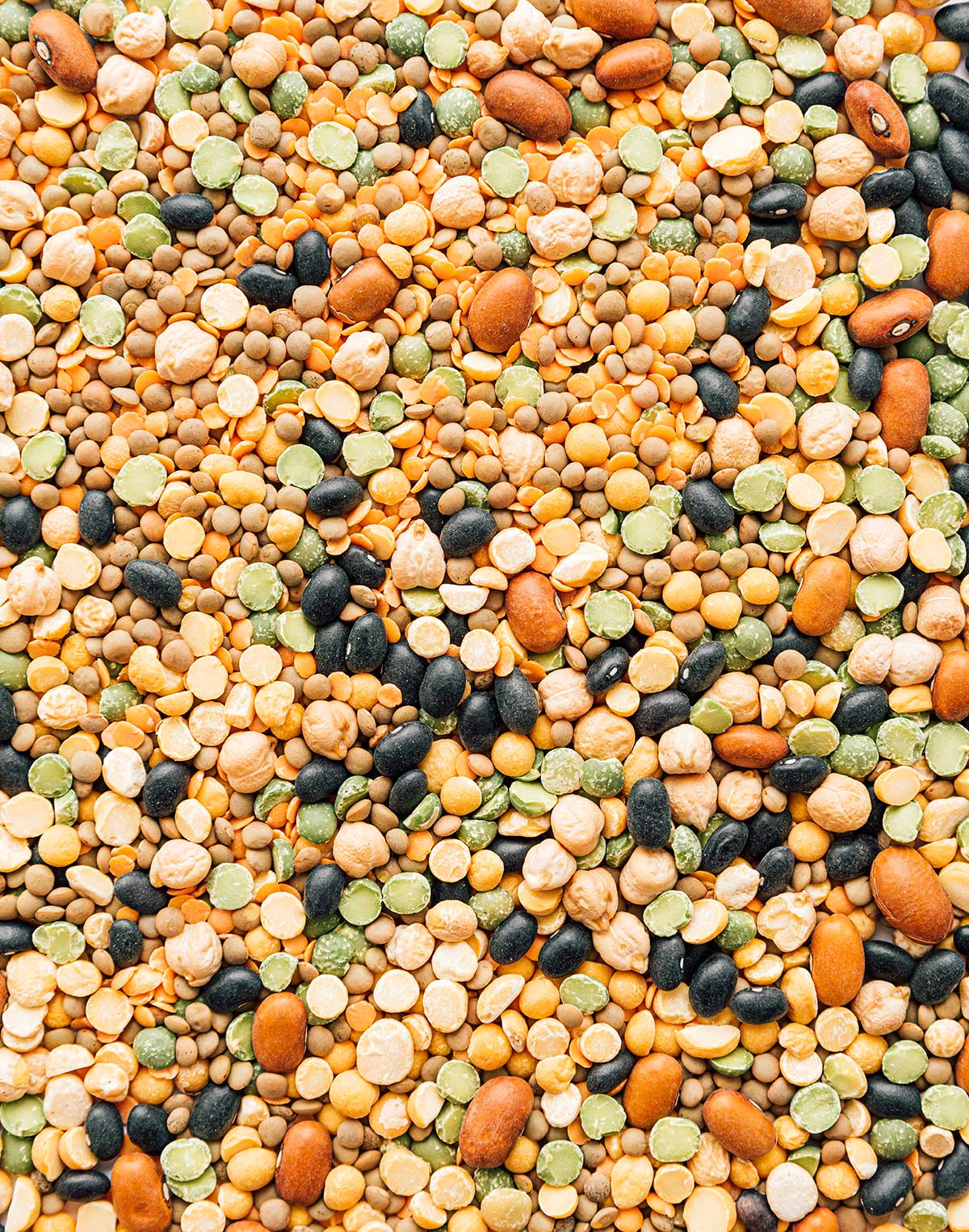
Types of Legumes
Legumes can vary greatly in type and appearance, and can include everything from chickpeas to peanuts to beans! Here are a few of our favorite types of legumes (check out our comprehensive list of types of beans here).
Black Beans (or black turtle beans) have a soft, creamy texture that’s great on its own or in any number of South/Central American dishes!
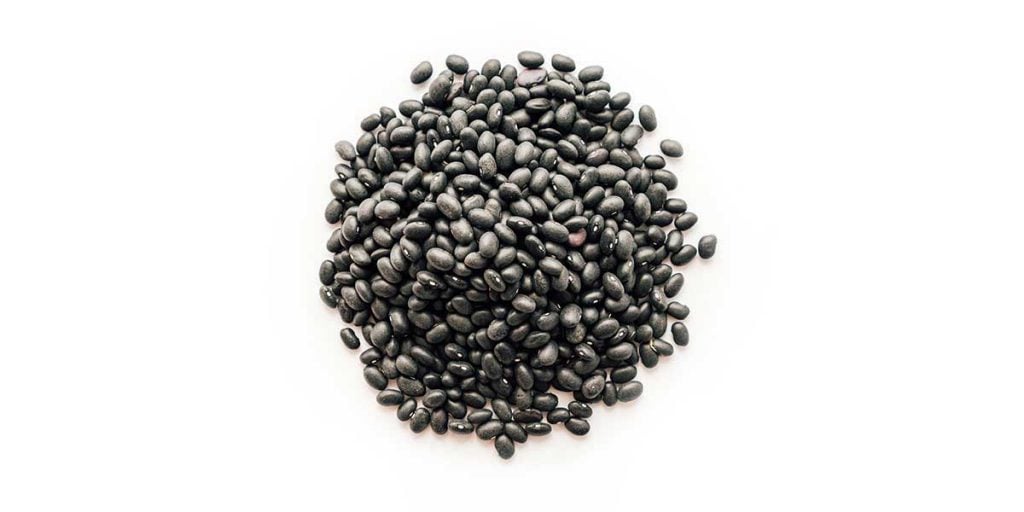
Brown Beans are similar in taste and texture to black, pinto, and kidney beans. You can usually use them interchangeably.
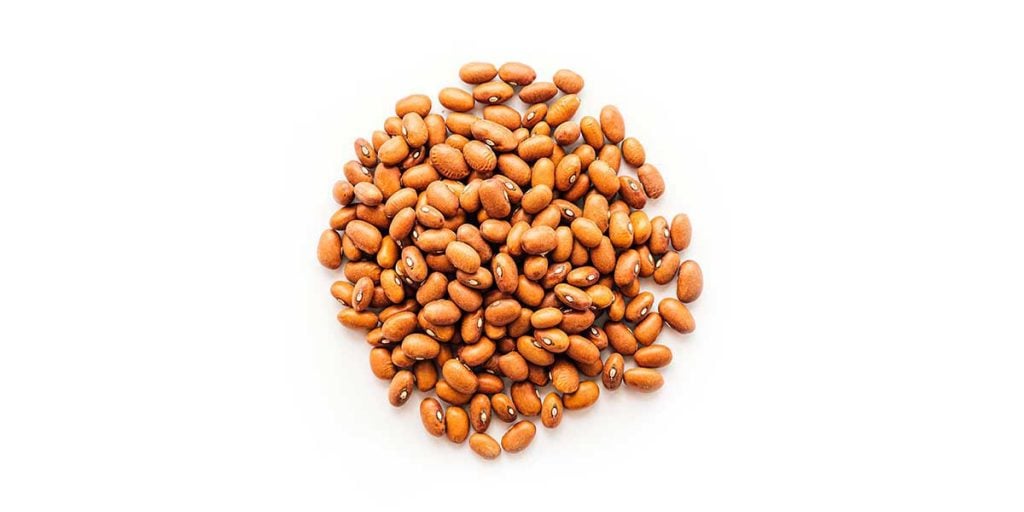
Navy Beans (otherwise known as haricot, pearl haricot bean, boston bean, white pea bean, or pea bean) are larger with an oval, slightly flat shape. They become creamy when cooked, so they’re great for smashing to make thick soups or creamy dips.
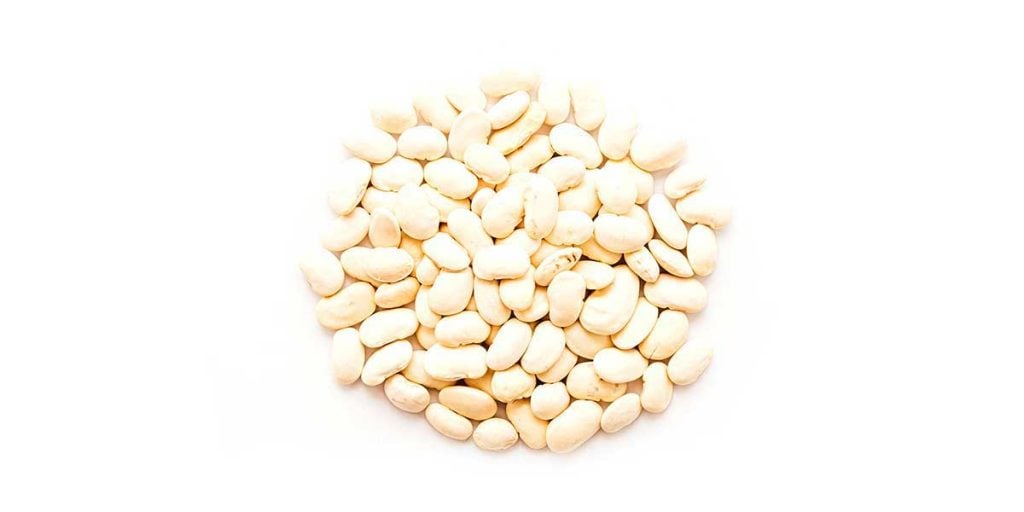
Lentils come in all colors, though brown and green are the varieties you’ll find most often. It holds its texture well when cooked, making it great as a base for veggie burgers. We love lentils in Persian Ash Reshteh!
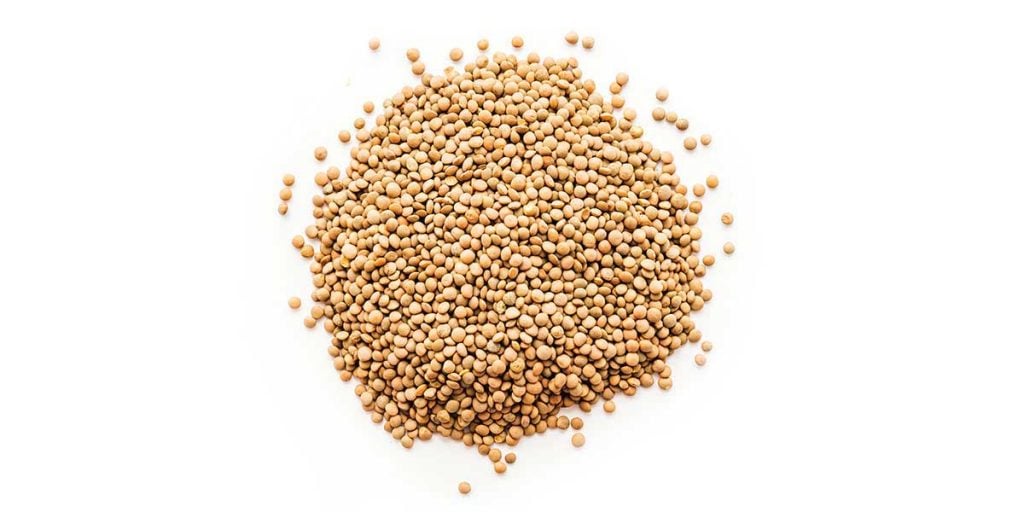
Red Lentils have the outer seed shell removed, meaning they are quicker cooking and break down more. They’re a great addition to soups and stews.
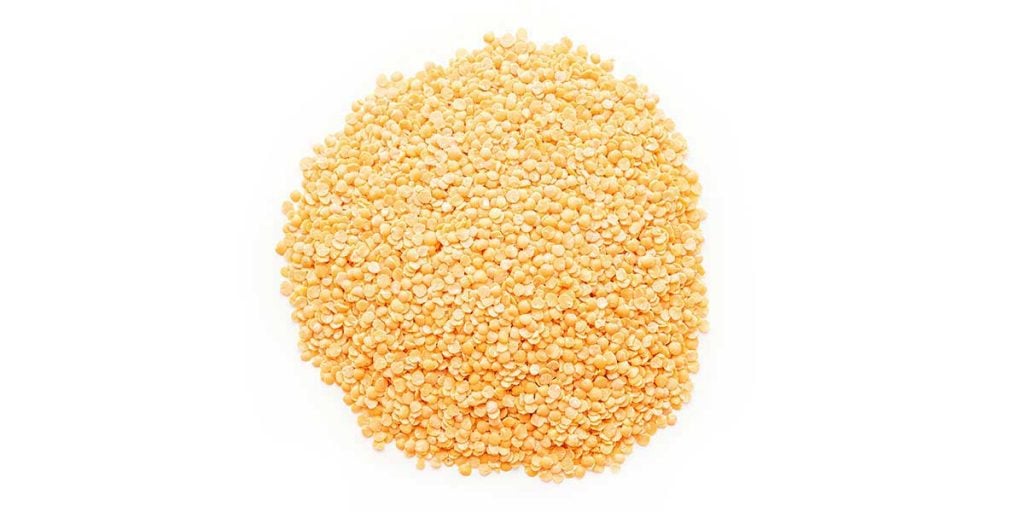
Split Peas have been split down the middle to help them cook faster. A classic in Dutch Pea Soup!
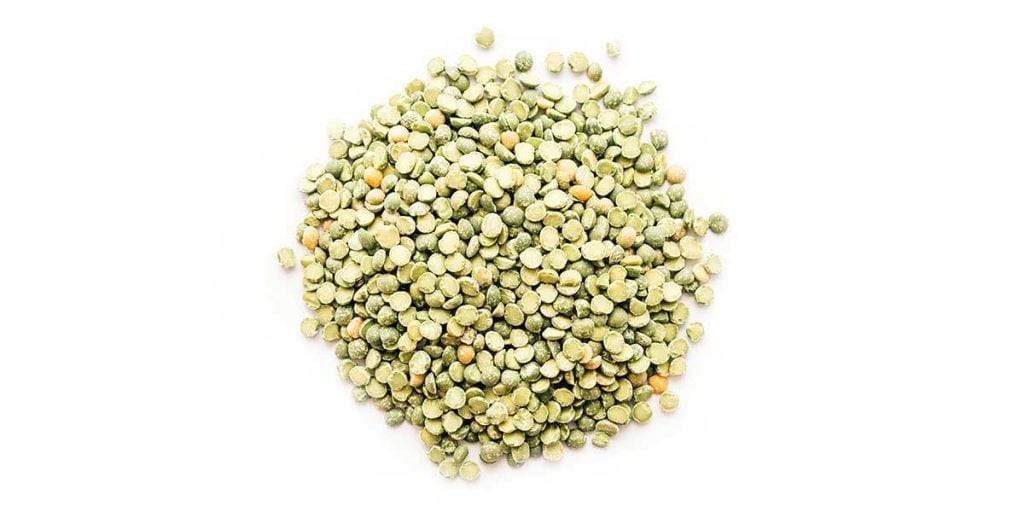
Chickpeas (or garbanzo beans) are a Mediterranean and Middle Eastern staple. With a rich nutty flavor, they’re great for roasting, adding to soups, whipping into hummus, or sprinkling over salads.
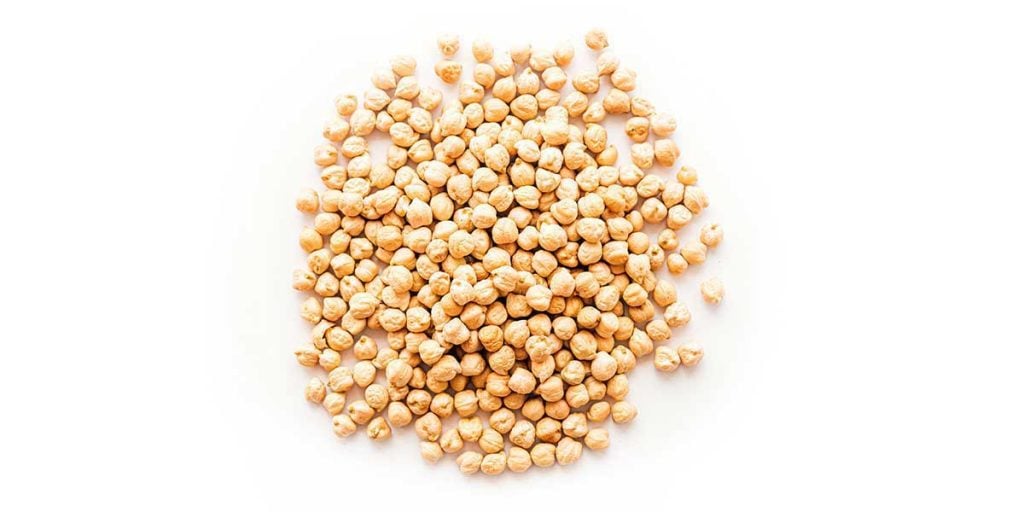
Split Chickpeas are typically the split version of desi chickpeas, a smaller yellow variation of chickpeas. These are common in Indian cuisine, where they’re known as Chana Dal.
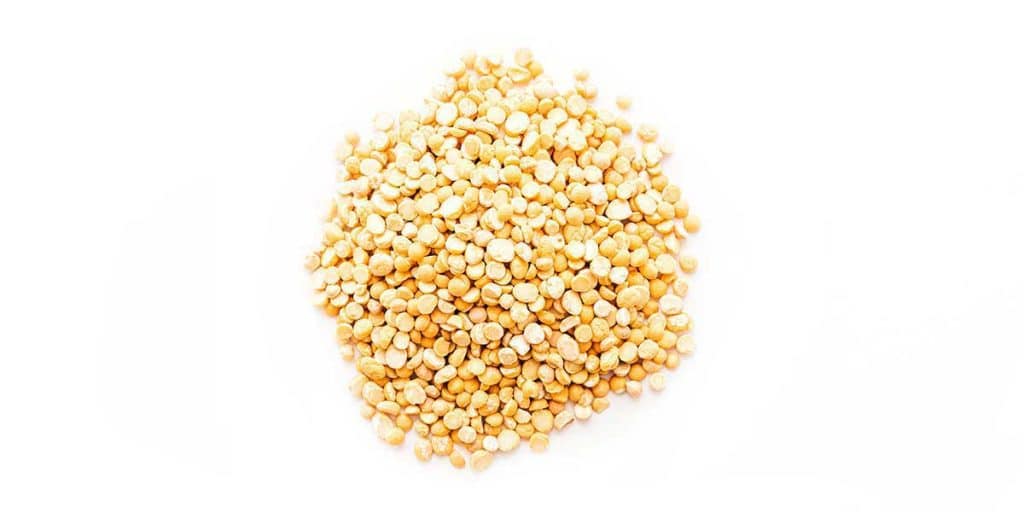
How to cook with legumes
You can usually find legumes in either dried or canned form. Dried legumes will often be cheaper, though they do require extra preparation before you can enjoy them.
While the exact instructions differ by legume, to cook dried legumes you usually need to soak them, drain and rinse the water, then boil until soft. Canned legumes have already undergone this process, so they are edible straight from the can!
How to Store Legumes
- Dried legumes will stay fresh at room temperature in a well-sealed container for over a year.
- Canned legumes or legumes store in oxygen-free containers can last for up to 10 years.
- Once opened (or once dried legumes are cooked), store in the refrigerator for 4 to 5 days, or in the freezer for up to 6 months.
Can you sprout legumes?
Sprouting beans at home is an affordable way to pack in delicious plant-based protein and nutrients, while also making the legumes more digestible (and delicious). Here’s how to sprout any legume!
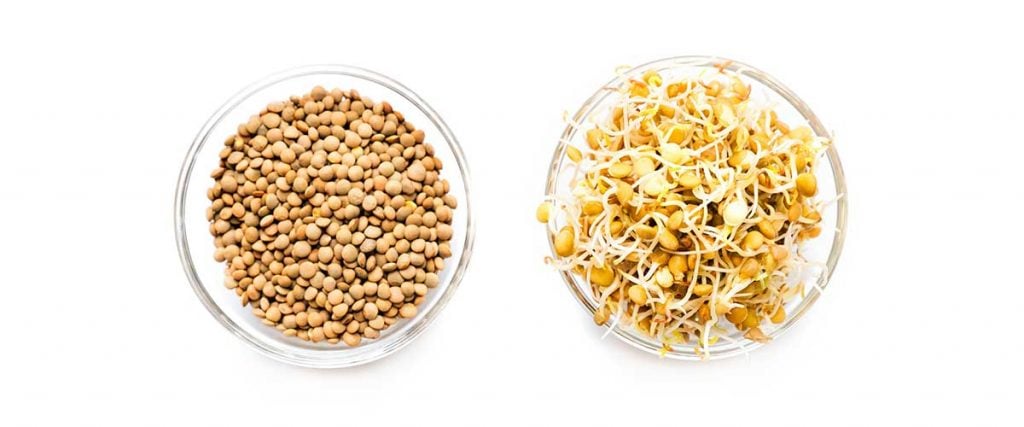
Legume Recipes
Ready to get legumey? Here are a few of our favorite ways to eat legumes (and stay tuned this week as we take on even more tasty legume recipes!)
- Roasted Chickpea Gyros
- Sweet Potato Black Bean Tacos
- Taco Soup
- Spanish Rice and Beans
- Black Bean Brownies
- Mung Bean Soup
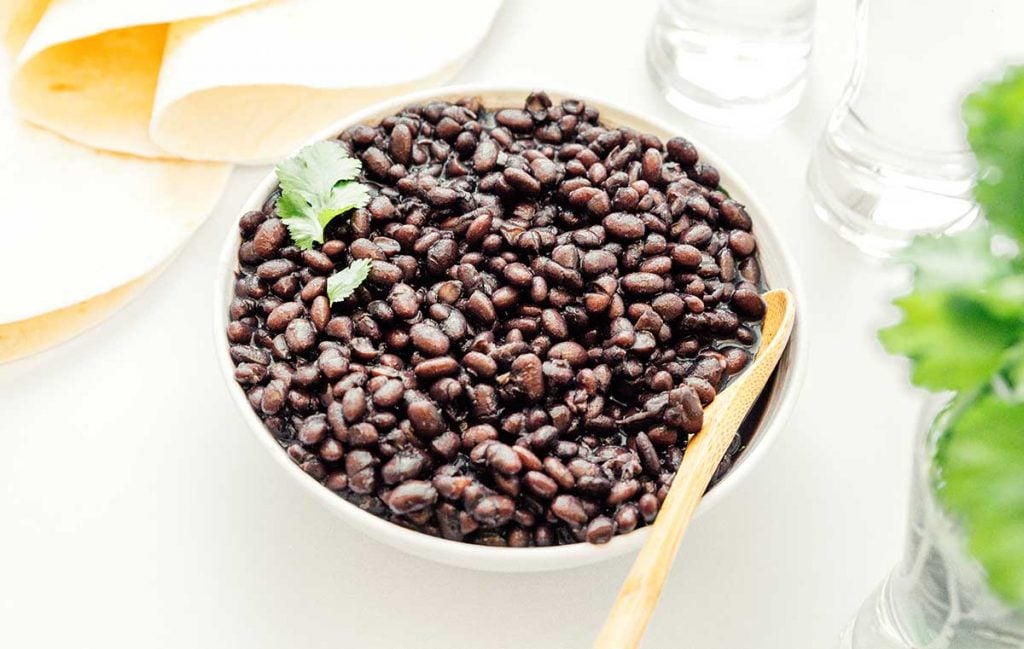
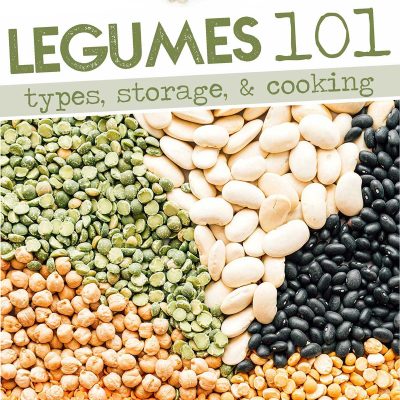
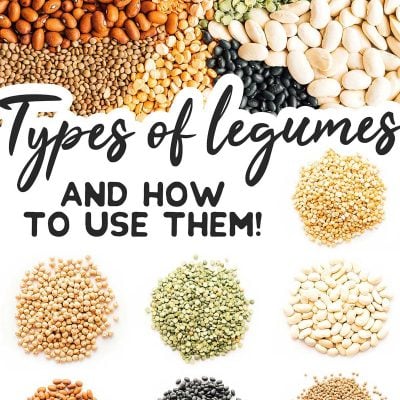
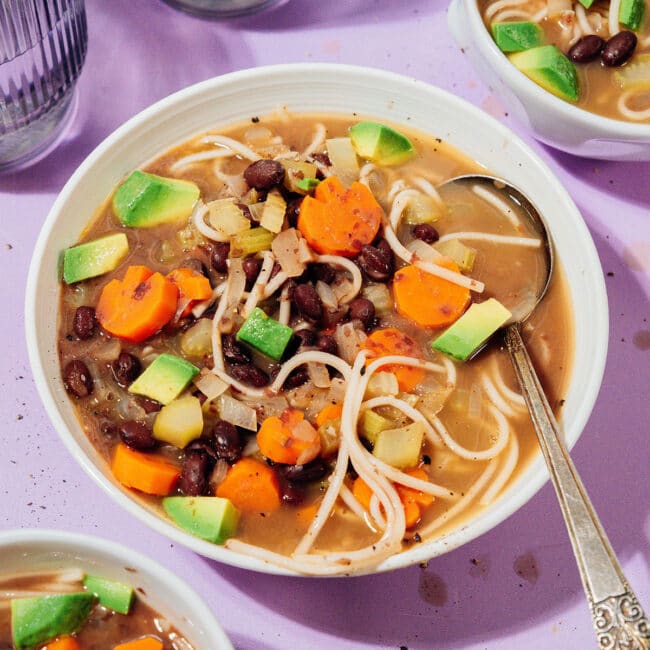
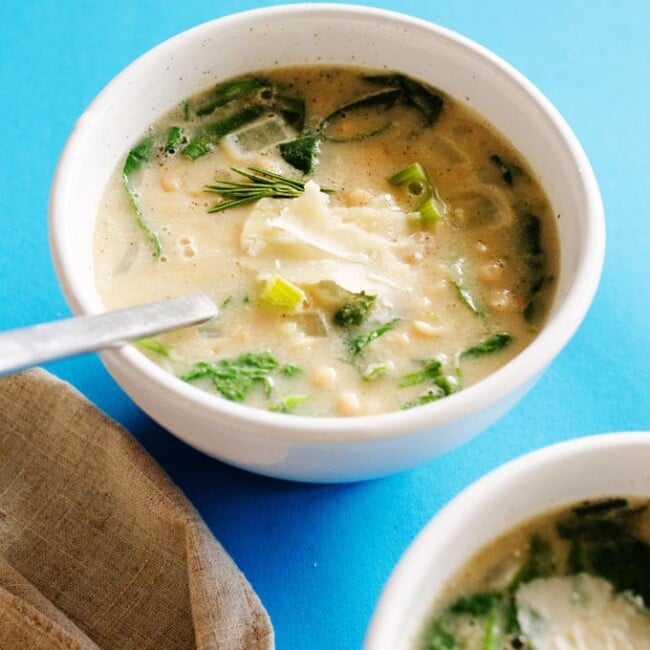

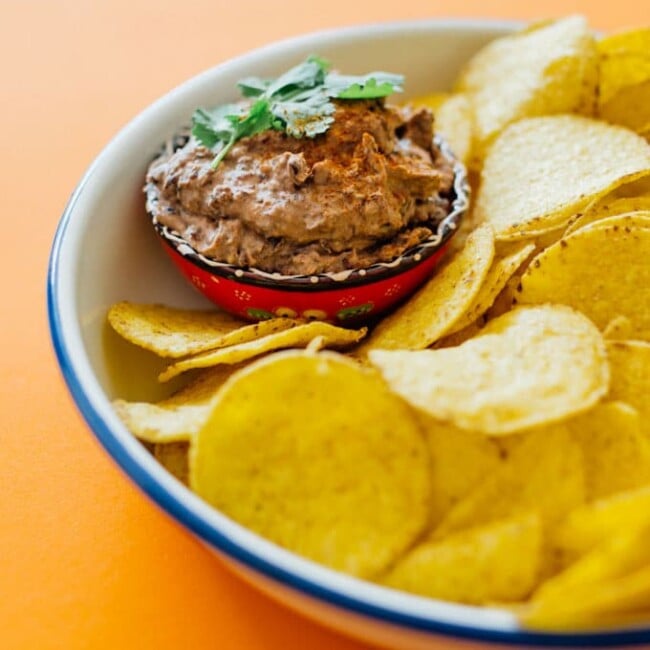
Leave a Comment